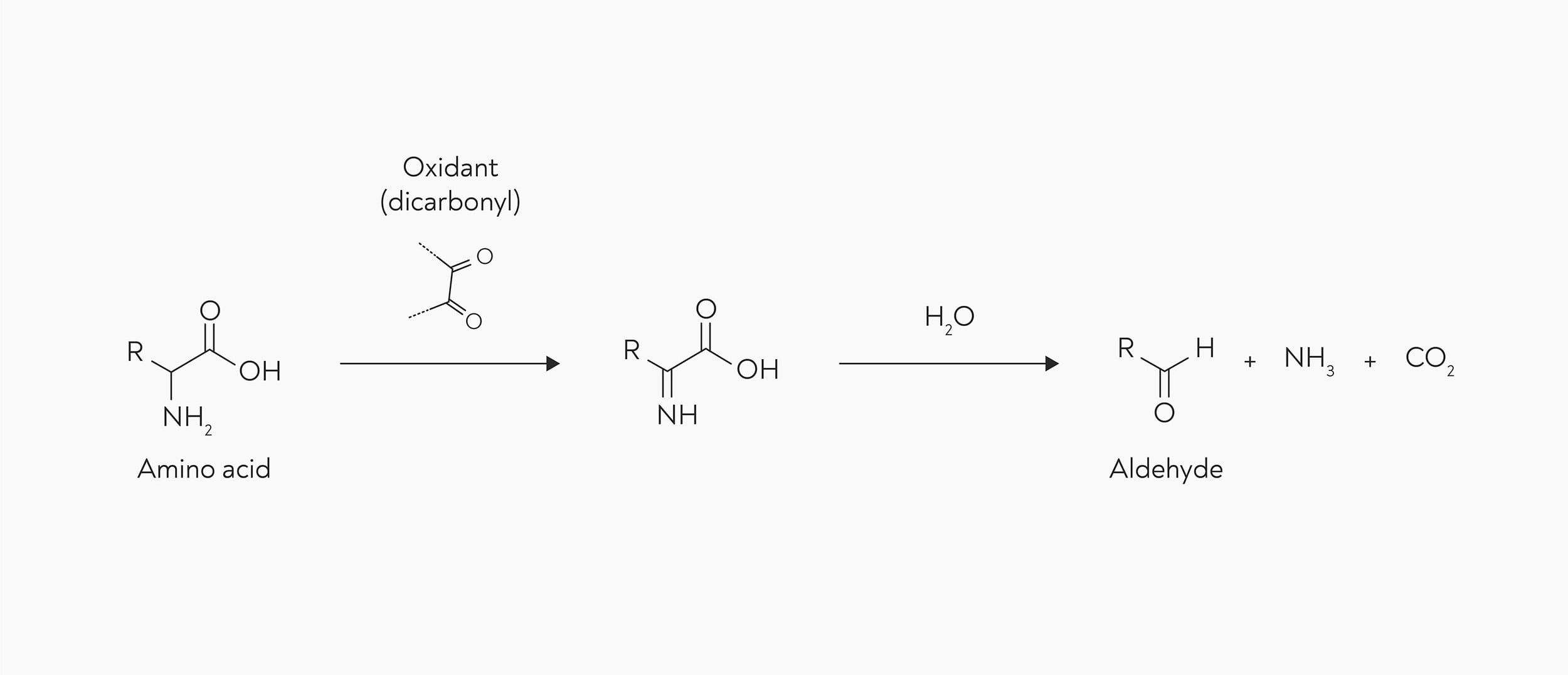The Maillard reaction is well-known to anyone who has ever been involved in baking bread or roasting coffee. The Maillard reaction is less well-known, but it plays a vital role in coffee roasting. This post will explore this important reaction in detail. Make sure you have your safety goggles and lab coats ready.
Barista Hustle wrote an introduction to the Maillard reaction and their role in roasting a while back. It’s reactions beginning with an “s” because they are complex chemical reactions that occur when sugar and protein are heated together. Many foods and drinks that ‘go dark’ when they dry or cook are influenced by the Maillard reactions. Although Strecker degradation is often thought to be a subset, it plays a crucial role in coffee’s unique and important Maillard reactions. It creates almost all of the CO2 in your beans and contributes to the distinctive aroma of fresh coffee. This means that Strecker degradation is the main reason for the second crack. We strongly recommend that you don’t roast to the second crack. The best part is that you can alter the way your coffee is roasted, brewed, and stored to affect the amount of Strecker compounds.
Barista Hustle wrote an extensive article on Coffee Roasting and How Strecker Degradation Affects It, so if you are ready for a food chemistry incursion, dive in.

This Article was mentioned on headmassage13.tumblr.com
This Article was mentioned on headmassage13.tumblr.com